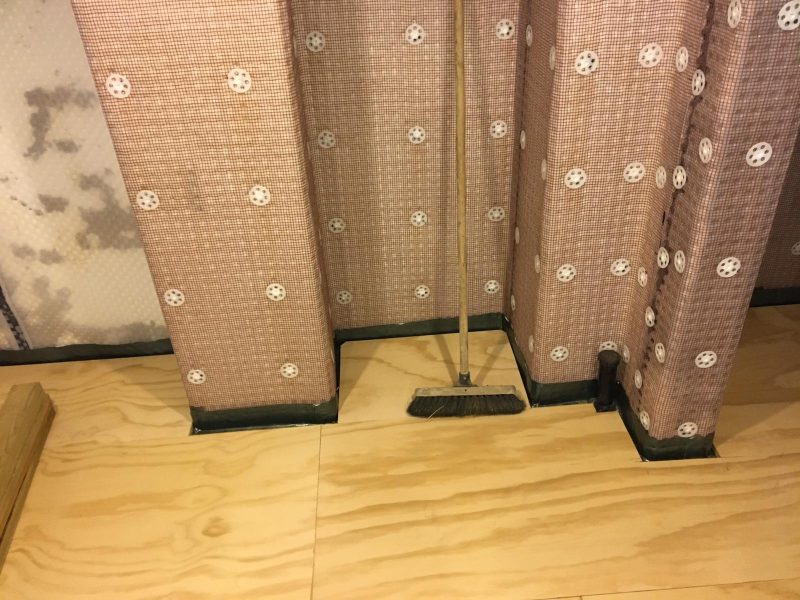
Top 5 Signs Your Basement Needs Waterproofing and How to Fix Them
A damp and musty cellar isn’t something any homeowner wants. Even if you just use your basement for storage you’ll still want to keep an eye out for the early signs that your basement needs waterproofing. You might think that a bit of damp and an unpleasant smell are just a bit of an inconvenience. They could, however, be much more than that and they could lead to costly structural damage.
Read on to uncover the five tell-tale signs that your basement is crying out for some professional waterproofing. From persistent damp patches to mysterious mould growth, we’ve got you covered.
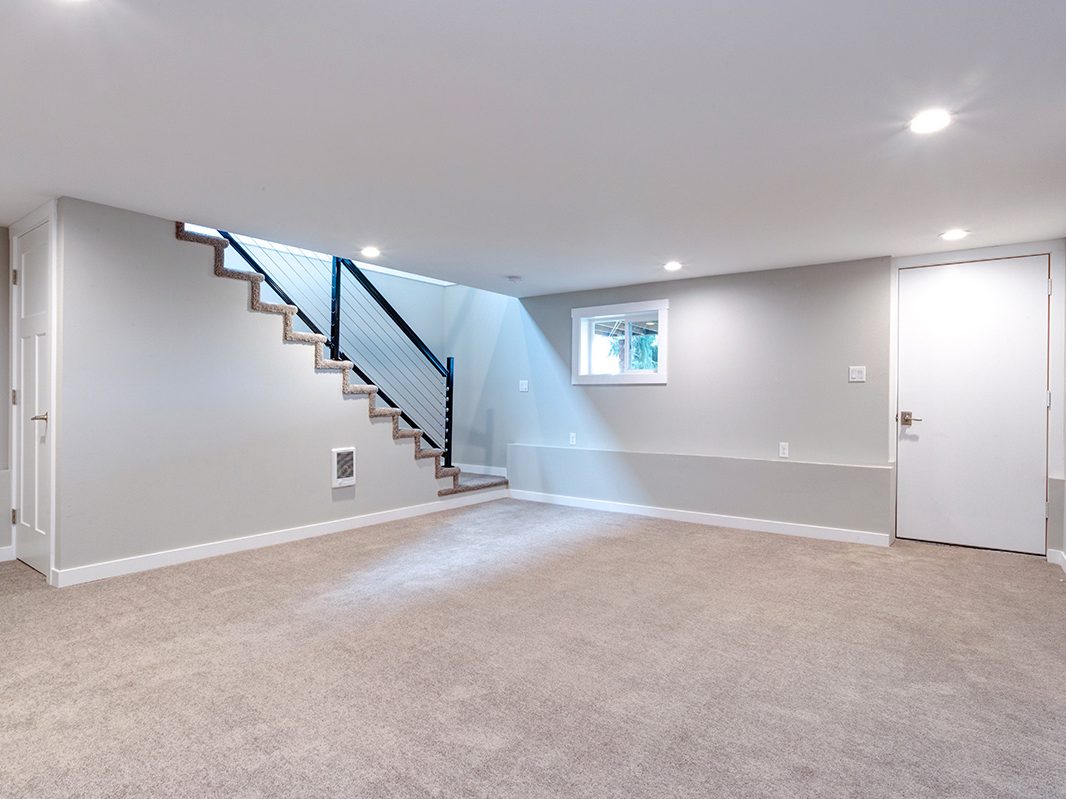
Why Your Basement Needs Waterproofing
A dry and properly waterproofed basement is vital for the upkeep and structural integrity of your home. Water ingress can lead to significant issues that go beyond just a damp, musty smell.
Protects Structural Integrity
Water damage can compromise your home’s foundation. Persistent moisture weakens basement walls, causing cracks and even structural failure. Regular waterproofing can prevent groundwater from seeping in and preserve the strength of your cellar walls and floor.
Mould and Mildew Prevention
Mould and mildew love a damp basement. They stain surfaces and also pose health risks. Mould spores circulating through your home can cause respiratory issues. A good waterproofing system helps keep your basement dry and mould-free.
Avoids Costly Repairs
We always recommend never ignoring the signs of water in your basement as it could end up in expensive repairs. The costs of fixing cracked walls and replacing damaged personal belongings can quickly add up. Investing in waterproofing solutions early can save you money in the long run.
Increases Property Value
A dry, well-maintained basement can add value to your property. If your cellar is watertight it makes basement conversion possible. Turning an unusable space into a habitable room adds to your home’s floor space. Estate agents often note that a waterproofed basement is a significant selling point.
Reduces Flood Risk
Installing a waterproofing membrane and an effective drainage system can help manage water coming in through the walls and floors. Cavity drain systems, sump pumps, and exterior waterproofing materials keep water out, reducing the risk of a flooded basement during heavy rainfall.
Ensuring your basement is protected from water intrusion is not just about comfort; it’s about safeguarding your home. For more tips, check out resources like NHBC’s guides on basement waterproofing. For professional help, always refer to certified waterproofing experts such as APP.
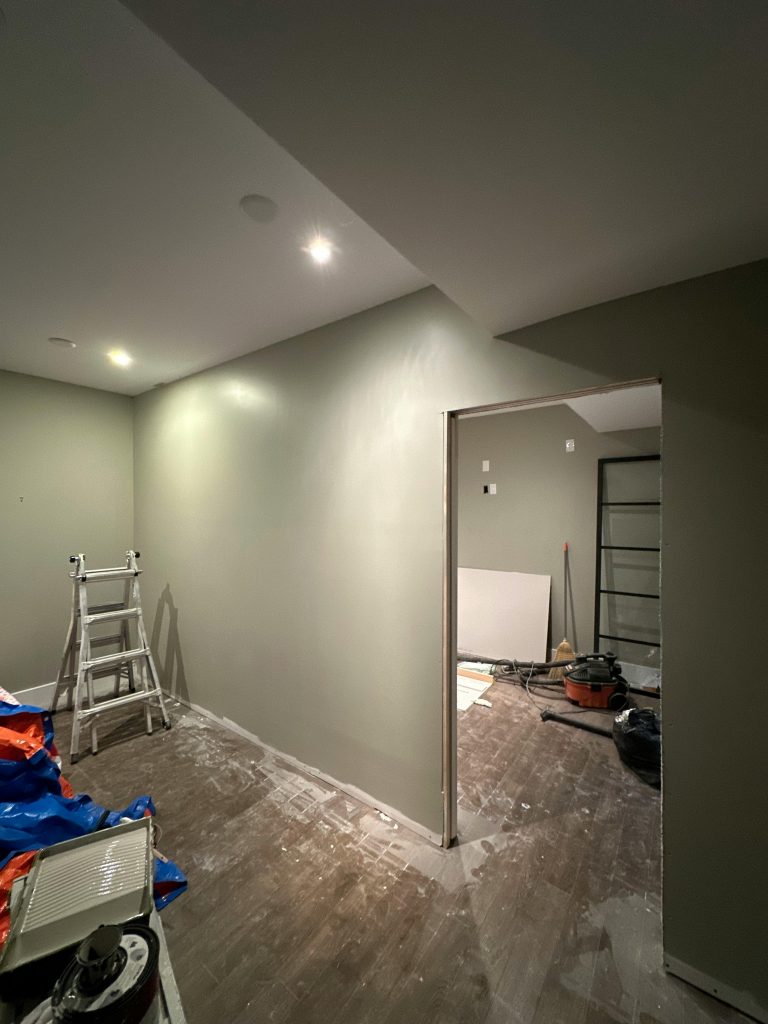
Sign 1: Damp Or Musty Odours
Notice a damp or musty smell in your basement? That’s a tell-tale sign you need waterproofing. These odours usually indicate water ingress through your basement walls or floor. Moisture promotes mould and mildew growth, which can compromise your health and the structural integrity of your home.
Firstly, sniff around different areas of the basement. Pay special attention to corners and hidden spots behind furniture. We often miss these places, and they can be hotspots for water seepage. It’s not just about the smell; look for any visible signs of damp patches or walls that feel clammy to the touch.
Using a dehumidifier can help manage excessive moisture temporarily. However, it’s crucial to address the root cause. Check if there’s visible water damage or staining on the basement walls. This could range from slight discolouration to more severe issues like peeling paint or bubbling plaster.
We recommend looking into a proper waterproofing system if you consistently notice these odours. Types of waterproofing solutions, such as a sump pump or a cavity drain system, can help manage the situation effectively. They redirect the water away from your home’s foundation, maintaining its structural integrity.
Consult certified waterproofing experts for a thorough evaluation. It’s essential to choose a method that suits your specific needs, whether it’s membrane applications or external waterproofing.
Lastly, keep an eye on weather conditions. Heavy rain can exacerbate the issue, increasing groundwater levels and pushing more water into your basement area. If you notice worsening conditions, it might be time to waterproof your basement without delay.
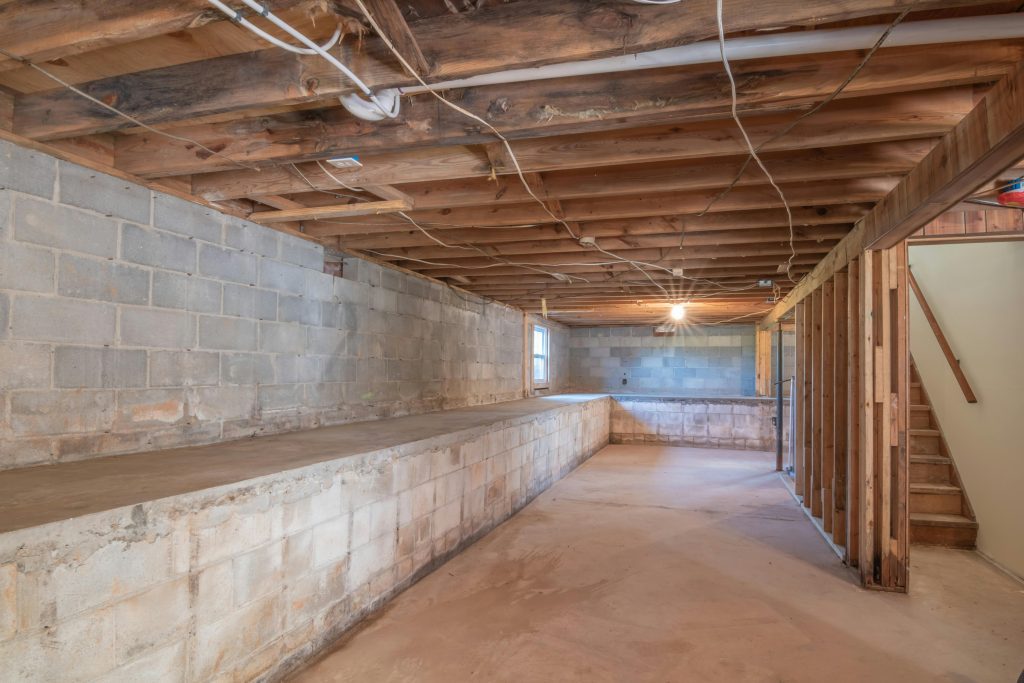
Sign 2: Visible Water Stains
Seeing water stains on the basement walls and floor is a major signal that you may need to waterproof your basement. Water stains usually appear as discoloured patches, often brown or yellowish, indicating past water intrusion. These stains can point to issues with the waterproofing system or groundwater getting into the basement walls. If you don’t address these signs, you could face further problems like structural damage or mould and mildew growth.
Check Common Areas For Water in Your Basement
You should inspect common problem areas closely, like the lowest parts of walls, corners, and near any pipes or windows. These spots often show the first signs of water damage. Spotting this early helps to prevent more severe issues, like a flooded basement.
Evaluate The Water Stains
Assessing whether the stains are old or new is also helpful. Fresh water stains might still be damp to the touch, while older ones can be dry and flaky. If water intrusion is recent or constant, it’s best to consult certified waterproofing experts immediately to evaluate the situation.
Implement A Basement Waterproofing System
When it comes to visible water stains, implementing a cavity drain system or an exterior waterproofing method like basement tanking might be the best course of action. These methods help manage water pressure and keep your basement dry. Tanking a cellar is particularly effective in preventing water ingress by creating a waterproof barrier.
Check For Mould And Mildew
Water stains often accompany mould and mildew, which pose health risks. Inspecting areas with stains for mould presence ensures all potential problems are addressed. Regular checks and maintaining a proper waterproofing solution are crucial in keeping your basement area habitable and safe.
Visible water stains serve as a warning to protect our home’s foundation and maintain its structural integrity. By acting promptly, we can prevent extensive water damage and costly repairs in the long run.
Sign 3: Cracks In Basement Walls Or Floors
Types Of Cracks To Watch For
Horizontal cracks often mean water pressure against basement walls. Vertical cracks can signal settling or shrinkage. Stair-step cracks along mortar joints often suggest structural issues. Hairline cracks are usually minor but should still be monitored. Look for these cracks in your basement area as they could point to underlying problems needing waterproofing solutions.
Why Cracks Can Be Dangerous
Cracks can allow water to ingress into your foundations which can significantly weaken your home’s structural integrity. Costly repairs and long-term water damage usually come with some cracks. Cracks can also create entry points for groundwater, making your wet basement issues worse. To protect your home, consider consulting with certified waterproofing experts and installing a reliable basement waterproofing system.
Sign 4: Efflorescence On Walls
Efflorescence on basement walls is a tell-tale sign of water entering your home. White, chalky deposits form when water seeps through walls and evaporates, leaving mineral residue behind. It’s crucial to spot and address this early to avoid severe structural problems.
Identifying Efflorescence: Look for white or greyish powder on bricks, blocks, or concrete. It might seem harmless, but it’s a clear indicator of moisture problems.
Understanding Causes: Efflorescence usually occurs due to groundwater seeping through the walls. Poor drainage, high water tables, or heavy rains can make this issue worse.
Preventing Further Damage: Installing a basement waterproofing system can stop the problem. Solutions like cavity drain systems or sump pumps can effectively manage and redirect water away from your basement.
Certified Waterproofing Experts: It’s always best to consult certified waterproofing experts for a tailored solution. Experts such as APP suggest the most appropriate waterproofing method for your specific situation.
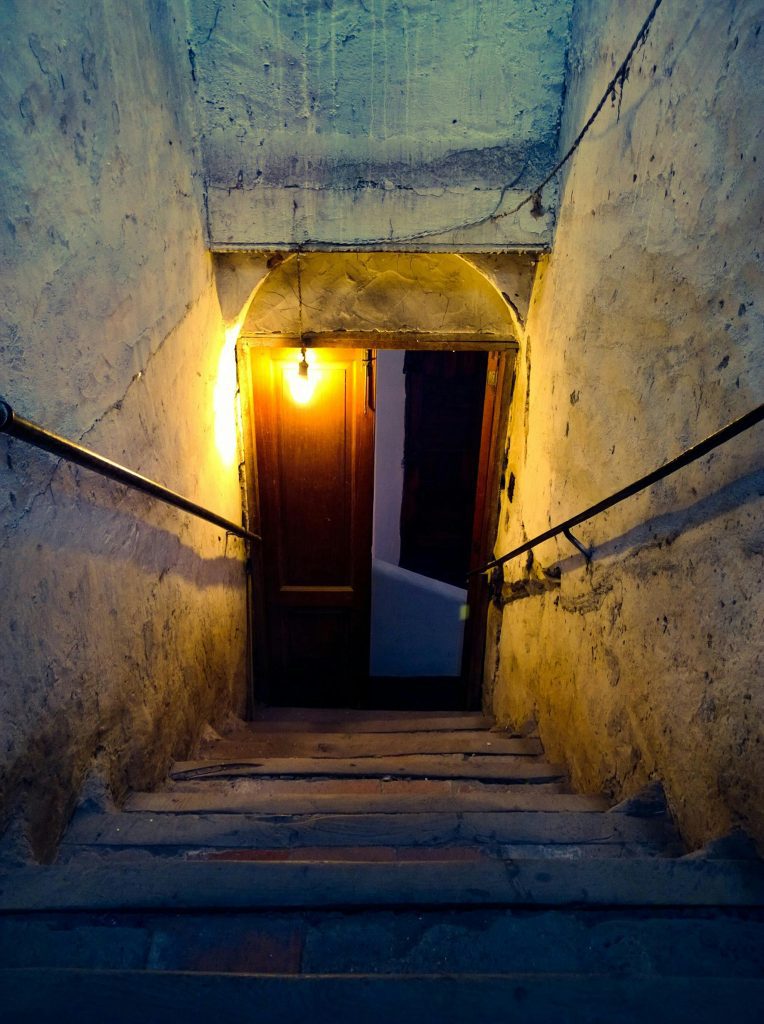
Sign 5: Mould Growth
The last sign is spotting mould in your basement. Mould thrives in damp, dark environments, and it’s not just unpleasant to look at; it can lead to serious health issues like allergies and respiratory problems. If you notice black, green or white patches on walls or floors, it’s time to take action.
Not only does mould affect your health it’s also a clear indicator that your home has moisture problems. Addressing these issues promptly with proper waterproofing solutions is crucial. Consulting a certified expert will help you identify the best course of action.
Is It Time To Waterproof Your Basement?
Noticing the early warning signs that your basement needs some waterproofing is super important for keeping your home healthy and sturdy. If you spot damp areas, funny smells, or obvious water stains, taking action early can save you from bigger problems later on.
Tackling these issues right away helps keep our homes safe and sound for our families. Plus, investing in good waterproofing solutions not only protects our property value but also makes our lives better overall.
If you need expert advice and personalised solutions, don’t hesitate to reach out to certified professionals. Learning about what basement tanking and waterproofing is should be the beginning of your journey. Let’s work together to get the job finished.
We’re Ready To Help You
Please get in touch with our friendly team today and we can get the ball rolling on your project sooner than you think.
